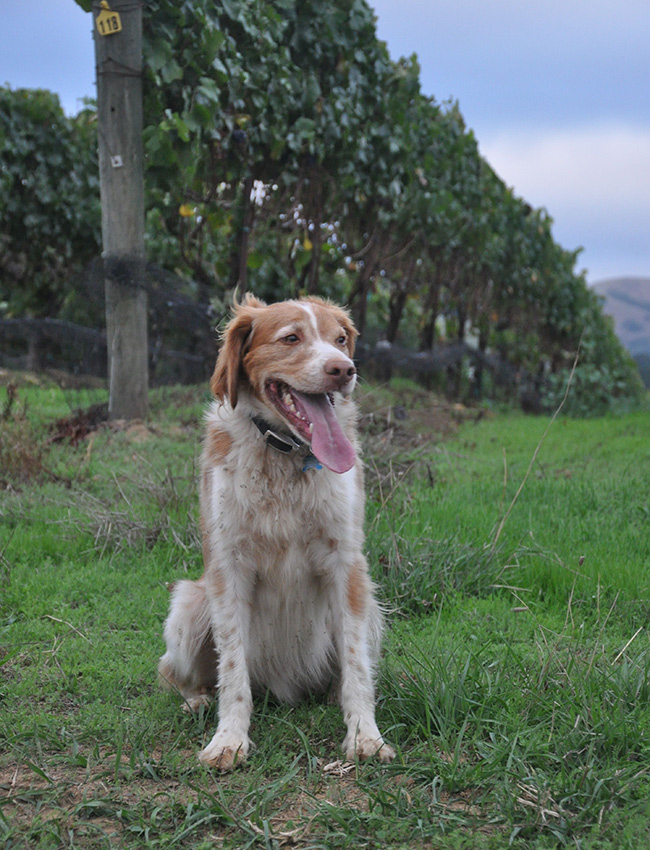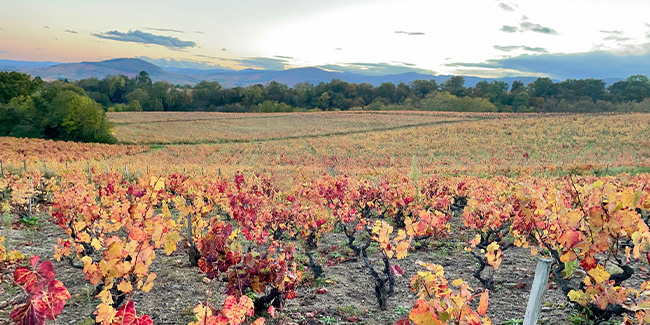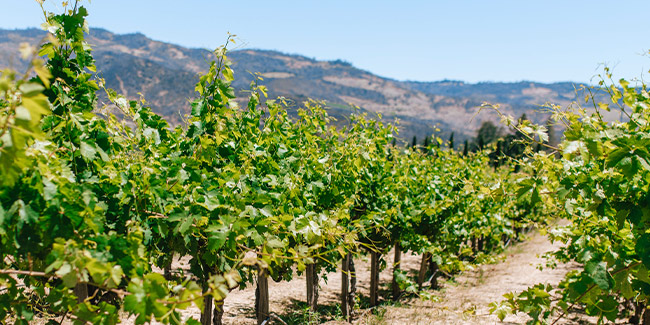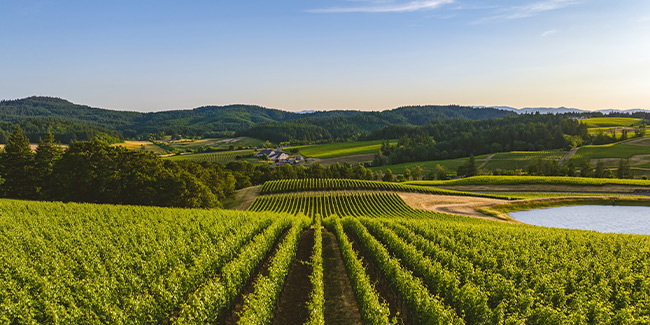Vineyards
“I let my vineyards speak out and shine, not my ability to change them, so I tend to listen to my vineyards rather than instruct them.”
I make small lots of vibrant, natural wines from vineyards where geology, altitude, climate and culture shape the land in special ways. I prefer cooler, higher-altitude sites over the lowlands, and steep, exposed sites over flat ones. Nutrient-poor rocky soils and dry-farming is more my jam than copiously irrigated and fertilized sites. I like to farm these sites old school; the way our grandparents would have, a.k.a. organically.
I own and farm about 5 acres (~2 hectares) of old vineyards in the frigid hills south of Burgundy (Morgon Cru “Bellevue” and Fleurie Cru “Fonfotin”) that are organically-farmed. These are cool, high-altitude sites with plentiful precipitation; less exposed to drought and forest fires as many in California. I also lease/farm or buy grapes/wine from unique cool-climate sites along the Sonoma Coast and Oregon’s Willamette Valley.
My farming vibe reads like an agricultural brochure from the 1920’s. It includes lots of handwork, sometimes French plough horses, limiting or rejecting petrochemicals, enhancing the soil biome naturally with diverse cover crops and compost, dry-farming and integrating local flora and fauna as much as possible (bat boxes & insect hotels).

Ollie taking a rest from chasing rabbits
In an effort to be in balance with nature, I also incorporate biodynamic practices; organic composting, and planting vines and cover crops in synch with the lunar schedule. Our soil management practices in vineyard mid-rows are either low-till or no-till so my vineyard doesn’t look like a moonscape, bereft of weeds. Instead, we encourage green ground cover such as mustards and rye to naturally exist, and since mid-rows make up about 80% of the vineyard surface area, they also naturally capture carbon. In short, well-managed natural vineyards sequester carbon from the atmosphere in vegetative components of the vine (fruit, leaves, shoots, trunk and cordons) for about 1 ton of carbon per hectare per year. (Hoare)
At its most simple level, I have a plant-based business which is partly powered by the hard work of the vineyard teams and French plough horses and by solar panels which power our winery office and EV automobile.

Morgon Cru “Bellevue” and Fleurie Cru “Fonfotin”
France
I own and farm two 70-year old, dry and organically-farmed vineyards that have crumbled pink granite soils and which deliver small clusters of OMG delicious Gamay Noir. Growing above 1300’ altitude these wines are medium-bodied, impeccably balanced, velvety, aromatic, suave and ageable reds. Don’t miss them.
Learn more
FORAGER and Spicerack
Sonoma
This chilly area has a plethora of valleys with perfect nooks and crannies in which exemplary grapes can be grown. Cold, sometimes wind-blown, the conditions are perfect for crafting gorgeous, lithe Pinot Noir, layered Chardonnay and mouth-watering Sauvignon Blanc.
Learn more
FORAGER
Willamette Valley, Oregon
Up the coast, Oregon’s Willamette Valley is an ideal locale to make small lots of earthy, “crunchy” Pinot Noir. Influences from the nearby cold Pacific Ocean shape its weather, and myriad rolling hills and valleys provide an amazing template for terroir-based winemaking.
Learn more